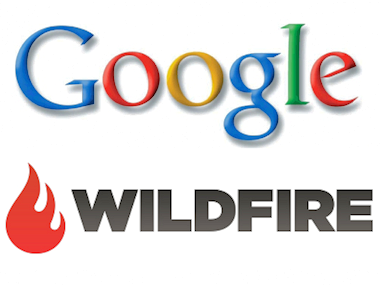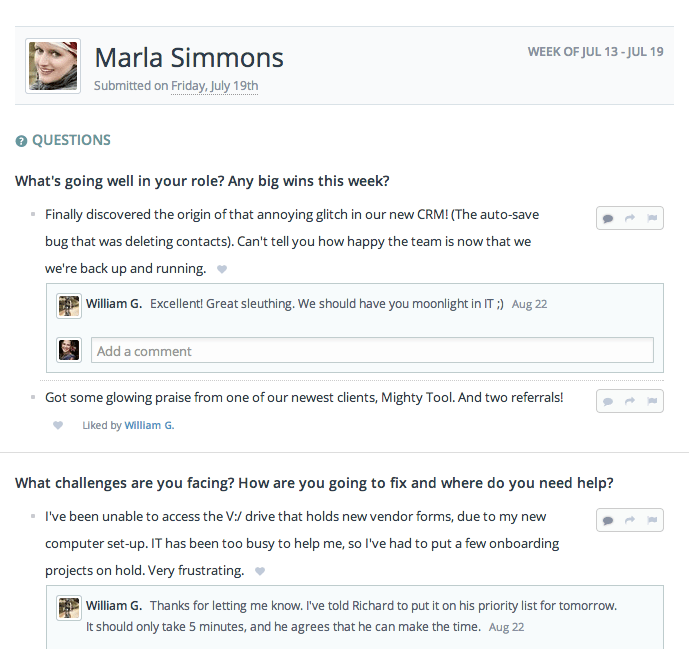Another great article on Google think, this time about interaction with consumers via social platforms and its correlation to increased sales. I have already included some posts related to this topic, but extra insight and opinion is always for the better.

So Wildfire, the part of the Google family that focuses on helping companies manage their activity across all social networks, commissioned Forrester Consulting to study the relationship between social engagement and buying behavior. Specifically, they wanted to know how valuable socially engaged consumers are to brands. Through online surveys in May 2013, Forrester Consulting looked at five leading brands as examples and explored how people use social media to discover, explore, buy from, and engage with brands.
The new customer life cycle with social touchpoints at every stage
The results indicated that people who engage regularly with brands on social media tend to be better customers. For example, 71% of customers who engage through social media with one quick-service restaurant chain were likely to prefer that chain to similar restaurants, compared to 47% of non-engaged customers, and 75% of engaged customers were likely to have bought something in the restaurant in the past 12 months, compared to 66% of non-engaged customers. This might not be a big surprise, but what we did find striking was that engaged social followers follow a four-phase customer life cycle in which they 1) discover your company and products; 2) explore whether what you offer is right for them; 3) buy your products and services; and 4) engage with you, and with their friends and peers, after their purchase. So just as discussed during our emarketing classes, the consumer journey is cyclical. The argument is further illustrated by an example in the article. Here is Anna. Anna loves fashion and stays up to date with her favorite retailers, online and by visiting stores. Like 41% of social networkers who engage with brands, she follows their brand pages and profiles on social media and enjoys hearing about new collections this way.So when, why, and how does she buy? The process is no longer about one-off awareness creation. Anna’s relationship with this retailer is cyclical and constant.
Social networks are catching up with search and brand sites
What’s more, Anna will likely turn to social tools throughout each stage of the cycle. Forrester found a third of social networkers who engage with brands said they discovered new products through messages on social networks, and 41% said they did so through ads on social networks.
When it comes to how engaged social networkers explore and research brands or products, social networks were second only to search engines . As for engagement, we saw that social networks are catching up with brand websites as a means of staying in touch.
Brand advocates are also brand builders
The study also shows the important correlations between social engagement behavior and outcomes. People who engaged with a brand on social media on a daily basis were likely to make twice as many purchases from that brand than someone who engages only monthly. However, socially engaged customers’ value to brands goes well beyond purchase. By acting as advocates, these consumers help build brands. A brand’s advocates account for a significant amount of its earned media: Brands with high advocate populations generate up to 264% more earned media impressions per campaign than brands with fewer advocates, according to Wildfire’s 2012 study, “How Superbrands Breed Superfans.”

 Follow
Follow





